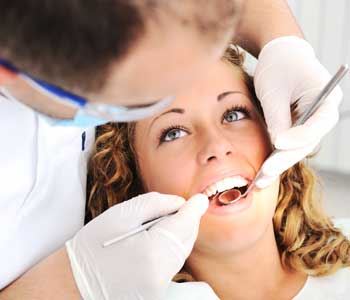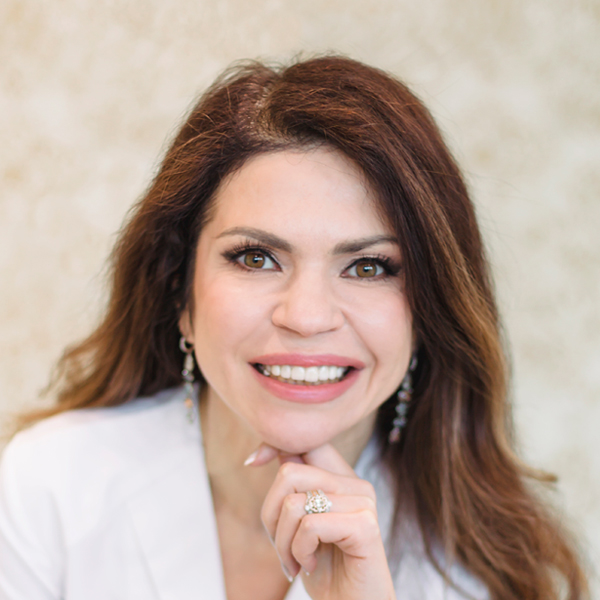

20
Jun
Biological dentist in Glen Allen, VA explains benefits of ALF appliance therapy

Do you have crooked, crowded teeth? Are you a mouth breather or troubled by sleep disordered breathing (obstructive sleep apnea)? Do you experience chronic discomfort in your back, neck, and shoulders? These problems could be related, and they may all be resolved with a simple dental therapy known as an ALF appliance. Dr. Olivia Hart is a biological dentist serving patients of all ages in the Glen Allen, VA area. She offers ALF appliance therapy as part of her commitment to providing the highest level of dental care that supports whole-body wellness and quality of life.
Cranial development
The human skull is made up of 22 individual bones. Cranial bones protect the brain and sensory organs, while facial bones stabilize teeth. These bones are meant to develop together to form a hollow that houses the brain, nasal cavity and sinuses, and support for organs of balance, hearing, and sight.
During fetal development, bones of the skull are linked with fibers allowing pliability, so the baby’s head may pass through the birth canal. These connective tissues disappear after birth, as cranial bones gradually fuse together. However, cranial and facial bones remain somewhat flexible during childhood to adjust to this period of fast growth. Skull plates generally become fused and facial features solidified by age two.
Any abnormalities that occur during this process of dramatic change have a significant impact on the shape of the head and mouth, how adult teeth will come in, physical appearance, sinus drainage, eating, speech, and breathing.
Cranial development, breathing, and bite
 Junctions between cranial bones are called sutures. When sutures close too early, the skull takes on an unusual shape, which is obvious. What isn’t so noticeable but is equally important is the influence this has on oral development. Left untreated, the condition hampers normal development of the lower half of the face. The child may develop a narrow upper arch, protruding front teeth, a recessed chin, and an overall pinched facial appearance.
Junctions between cranial bones are called sutures. When sutures close too early, the skull takes on an unusual shape, which is obvious. What isn’t so noticeable but is equally important is the influence this has on oral development. Left untreated, the condition hampers normal development of the lower half of the face. The child may develop a narrow upper arch, protruding front teeth, a recessed chin, and an overall pinched facial appearance.
This inhibits healthy head and neck posture, which in turn constricts normal airflow into and out of the lungs. The child likely begins to breathe through the mouth rather than the nose. Airway obstruction then leads to reverse swallowing as an unconscious defensive measure to protect the airway.
In a normal swallow, the tip of the tongue presses against the roof of the mouth behind the front teeth, acting as a wedge that allows oral muscles to function. As the hard palate absorbs this pressure thousands of times a day, it helps to keep the upper arch expanded, allowing plenty of room for teeth to drop into place.
In a reverse or immature swallow, (also called tongue thrusting), the tongue pushes against the anterior incisors instead of the hard palate. This also occurs during speech and when the tongue is at rest. It pushes front teeth outward, allows the upper arch to become narrow, and nudges the lower jaw back. The child appears to be grimacing when swallowing, and the mouth remains open at rest.
REQUEST AN APPOINTMENT
ALF appliance in Glen Allen, VA improves appearance and health
ALF is an acronym for “advanced light force.” This oral appliance is a myofunctional approach to resolving the underlying cause of misaligned teeth. The precise design of the wire applies light vibratory pressure to teeth and soft tissues, aiding in natural, healthy cranial development.
 Ideally, ALF treatment is initiated by the age of seven to support cranial growth and to train proper tongue posture. The device uses the body’s natural forces to:
Ideally, ALF treatment is initiated by the age of seven to support cranial growth and to train proper tongue posture. The device uses the body’s natural forces to:
- Prevent cranial sutures from closing too soon.
- Encourage proper alignment of teeth.
- Guide optimal facial development – a big broad smile and strong profile.
- Prevent tongue thrusting, mouth breathing, and other oral behaviors that hamper airway expansion.
It is never too late, though, to consider ALF appliance therapy. Up to the age of 12, ALF treatment stimulates remaining potential for cranial growth. For teens, Alf is an orthodontic technique to adjust the direction of growth that has already occurred. Because the human body never truly stops growing, adults also benefit from ALF – the treatment just takes a little longer. Once treatment goals are accomplished, results are lasting, without the need for a retainer.
If the ALF concept is new to you, you are not alone. Call (804) 381-6238 to schedule a consultation at Virginia Biological Dentistry to learn more.










